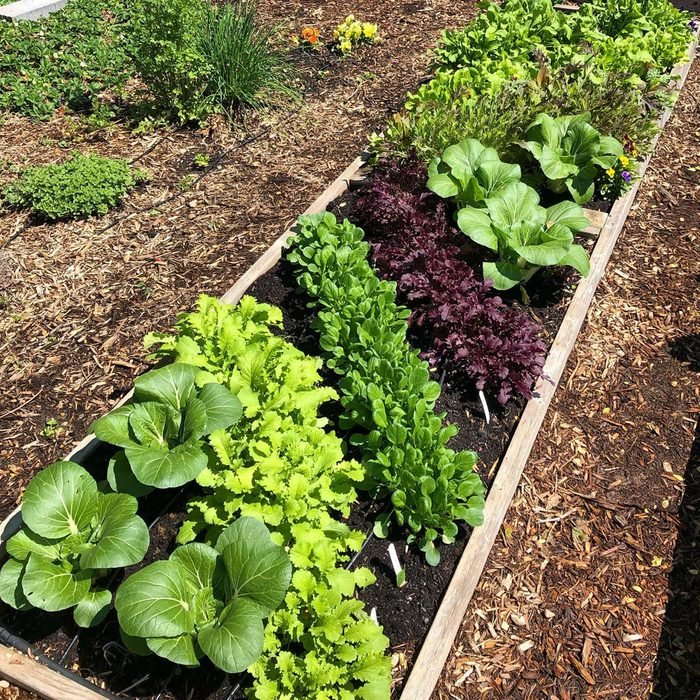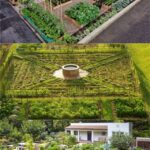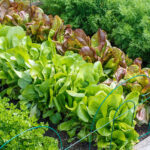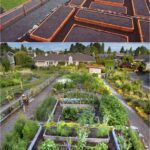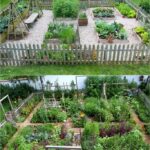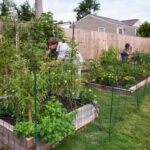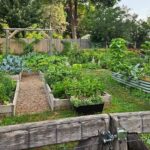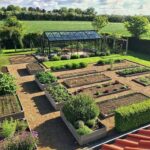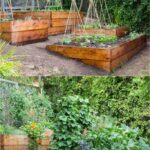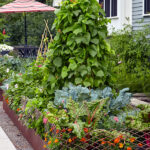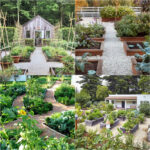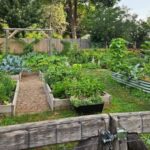When it comes to designing a vegetable garden, there are a few key factors to consider in order to create a productive and aesthetically pleasing space. One of the first things to think about is the layout of your garden. Consider the amount of space you have available and how you want to organize your plants. You can choose between traditional row planting, raised beds, or even a more informal mixed planting approach. Each layout has its own benefits, so choose one that fits your needs and preferences.
Another important aspect of vegetable garden design is the location of your garden. Most vegetables require at least six hours of sunlight each day, so be sure to pick a spot that receives adequate sunlight. Additionally, consider the proximity to water sources for easy irrigation and the presence of any potential obstacles such as trees or structures that may block sunlight or encroach on your garden space.
When planning your vegetable garden, it’s important to consider the spacing and placement of your plants. Some vegetables, like tomatoes and peppers, require more space to grow properly, while others, such as leafy greens and herbs, can be planted closer together. Be sure to consult planting guides or spacing recommendations for each type of vegetable to ensure optimal growth and yield.
Incorporating vertical gardening techniques can also help maximize space in your vegetable garden. Trellises, arbors, and staking can provide support for vining plants like cucumbers, peas, and beans, allowing them to grow upwards rather than spreading out across the ground. This not only saves space but also helps improve air circulation and sunlight exposure for your plants.
Consider adding companion plants to your vegetable garden design. Companion planting involves planting certain types of plants together to benefit each other in terms of pest control, nutrient uptake, and overall growth. For example, planting marigolds near your tomatoes can help repel pests, while growing basil next to your tomatoes can improve their flavor and growth. Research companion planting guides to discover which plants work well together and can benefit your garden.
Lastly, don’t forget to incorporate pathways and access points into your vegetable garden design. Paths not only provide easy access for planting, weeding, and harvesting, but also help define the layout of your garden and create a sense of order and organization. Consider using materials like mulch, gravel, or stepping stones to create pathways that are both functional and visually appealing. By carefully planning and designing your vegetable garden, you can create a beautiful and bountiful space that provides you with fresh, homegrown produce all season long.
